What the figures say
Driving is the most dangerous work activity that most people do, according to RoSPA. It contributes to far more accidental deaths and serious injuries than all other work-related activities. Very few organisations can operate without using the road. Millions of vehicles – lorries, vans, taxis, buses, emergency service vehicles, company cars, motorcycles, bicycles – are used for work purposes, and many people work on foot on the road (maintenance workers, refuse collectors, postal workers, vehicle breakdown employees, the police and so on).
Unfortunately, this means that all these workers face risks on the road because they are doing their jobs. They can also create risks for everyone else on the road.
The HSE estimates that “more than a quarter of all road traffic incidents may involve somebody who is driving as part of their work at the time.”
Police road accident data shows that every year over 500 people are killed (almost one third of all road deaths), 5,000 seriously injured and more than 40,000 slightly injured in collisions involving drivers or riders who are driving for work. This includes other road users, as well as at-work drivers and riders themselves. In fact, 70% of those killed in a work-related journey are passengers, pedestrians and riders rather than the at-work drivers and riders.


